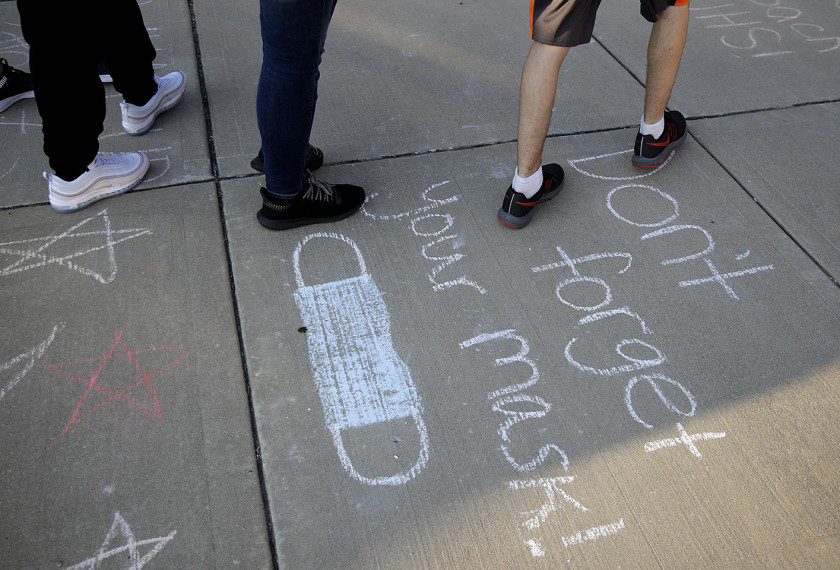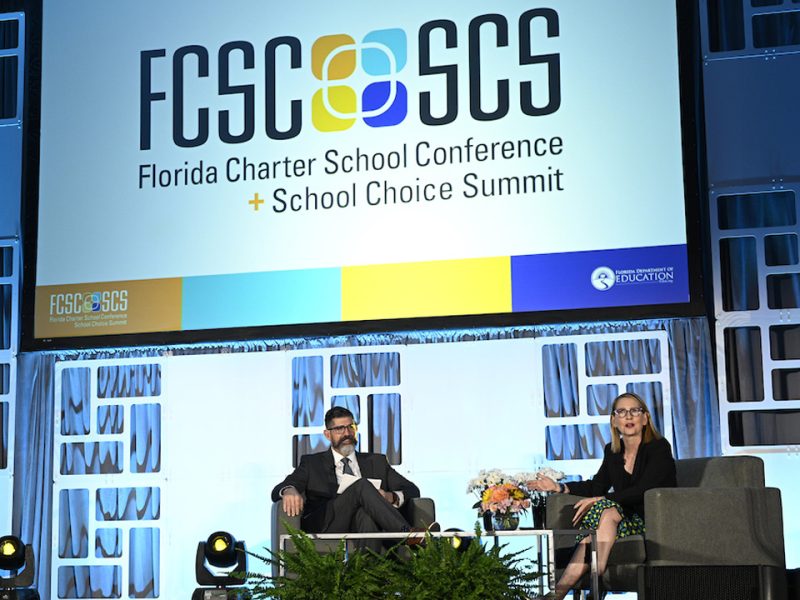
Nation’s Pediatricians Call for All Students, Staff to Wear Masks in School
EducationWeek | By Sarah D. Sparks | July 19, 2021
When schools reopen this fall, the nation’s pediatricians want every pre-K-12 student learning in person—and everyone wearing a mask.
The American Academy of Pediatrics’ new recommendations come less than two weeks after the Centers for Disease Control and Prevention issued new school reopening guidelines that suggest vaccinated students and adults could attend school without face coverings in the fall.
The doctors argue the CDC guidelines don’t go far enough at a time when community vaccination rates vary significantly throughout the country and the new, significantly more contagious Delta strain has become the most common cause of new coronavirus cases.
“There are many children and others who cannot be vaccinated,” said Sara Bode, a physician and the chairperson-elect of the AAP Council on School Health executive committee, in a statement. “This is why it’s important to use every tool in our toolkit to safeguard children from COVID-19. Universal masking is one of those tools, and has been proven effective in protecting people against other respiratory diseases as well. It’s also the most effective strategy to create consistent messages and expectations among students without the added burden of needing to monitor everyone’s vaccination status.”
The AAP’s new guidance echoes that of the CDC in saying schools should focus on bringing all students back for in-person instruction and use several strategies to protect against the pandemic, including improving building ventilation, regularly cleaning and disinfecting areas, and tracing and quarantining those who come into contact with someone infected with the coronavirus.
The AAP also calls for schools to “adopt an all-encompassing approach for mental health support” for students who experienced trauma and isolation during the pandemic.
Yet with state policies on universal masking in schools still varied—and in some states hotly contested—the differences between the CDC and AAP stances could either give school leaders a headache or political cover if they want to have one masking rule for everyone.
Federal data suggest more than half of schools still don’t know the vaccination status of their teachers and staff, and the AAP notes that many schools will not have systems in place in the next few months to track the vaccination status of all adults and children on campus.
“I think there’re a lot of questions about variants and what that’s going to look like combined with the seasonal flu in the fall,” said Amanda Karhuse, advocacy director for the National Association of Secondary School Principals. “And [there are] the unknowns about whether people who are vaccinated are still able to transmit it to people who have not been vaccinated.”
Pediatricians’ guidance could give principals cover
So far, no state has required students to get a COVID-19 vaccination to enroll in school, and a few forbid districts to require vaccinations of students and staff.
The mask debate in states and districts “is so politically charged, it’s scary,” Karhuse said.
“I think a big question our members had was … do they have to be the ones policing it, which really would just take away from all of their other responsibilities as school leaders? This has been a challenging year as it is,” Karhuse said. “So I think our members probably would be happy to have a mask mandate for everybody. It’s obviously easier to enforce if everyone has to wear them.”
One recent Duke University study of more than 100 North Carolina districts reopening in-person classes found universal masking was one of the most effective strategies to prevent outbreaks in the schools, though the study did not compare that with vaccination coverage on campuses.
Paul Travers, the principal of Washington Montessori Elementary School, in Greensboro, N.C., which participated in the study, said that for his school, the new AAP guidance doesn’t pose a conflict with the CDC’s recent guidance. North Carolina requires all students and staff to wear masks, so that means Washington Montessori is already in line with the AAP guidance as well as with the CDC guidance, which urges all unvaccinated students and staff to wear masks.
“I think the [AAP guidance] is a vote of confidence that we are taking care of who we need to be taking care of,” Travers said. “As an elementary school principal, the student population I serve is under 12, so they’re unvaccinated. It’s good that those two sets of recommendations, from the CDC and AAP, agree on masking in that 2 to 12 age group.”
For Wake County public schools, which also participated in the Duke study, the CDC’s more relaxed guidance did not prompt the district to change its universal masking policy.
“The North Carolina Department of Health and Human Services currently requires face coverings, so that is the practice we are following for our summer learning programs and for staff and students who began the 2021-2022 school year this week in our year-round programs,” said Tim Simmons, a spokesman for the district.
According to the digital website Burbio, eight states, including Arkansas, Arizona, Texas, and South Carolina, forbid districts from requiring masks, while Washington, New York, Virginia and North Carolina require universal masking. Michigan and West Virginia are the only states that now make mask requirements dependent on vaccination status.
In Alabama, where there is currently no state mandate for or against masking in school, Gov. Kay Ivey said she disagreed with the pediatricians’ recommendations, according to the Associated Press. A spokesperson for Ivey said in a statement that the governor “believes students need to be in the classroom without any type of mask requirement. She continues to encourage all eligible Alabamians to roll up their sleeves and get the vaccine to make COVID-19 a distant memory.”
Adolescents ages 12 and older can receive the Pfizer-BioNTech vaccine under emergency authorization from the Food and Drug Administration, and Moderna has requested similar emergency authorization for its own vaccine for that age group. However, the companies cannot get full approval for vaccines for the 12-plus age group without up to six months of follow-up testing, and experts estimate emergency authorization for vaccines to protect younger children will not be available until late fall to winter. That means elementary and middle schools will have large swaths of unvaccinated children through the fall semester at least.





